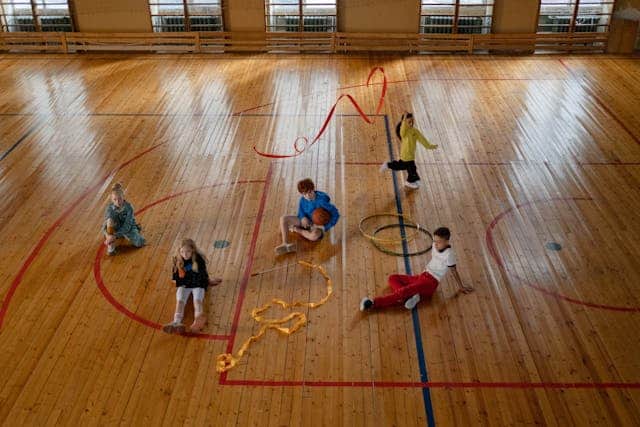
Daily patterns of physical activity, sedentary behavior, and prevalent and incident depression—The Maastricht Study
November 2, 2022
Predicting future sedentary behaviour using wearable and mobile devices
November 17, 2022A paper titled “Correlates of domain-specific sedentary behaviors and objectively assessed sedentary time among elementary school children“ has recently been published online in Scientific Reports. The summary of the paper and citation details are re-posted below. The full publication can be found here.
ABSTRACT
Understanding the correlates of sedentary behavior among children is essential in developing effective interventions to reduce sitting time in this vulnerable population. This study aimed to identify correlates of domain-specific sedentary behaviors and objectively assessed sedentary time among a sample of children in Japan. Data from 343 children (aged 6–12 years) living in Japan were used. Domain-specific sedentary behaviors were assessed using a questionnaire. Total sedentary time was estimated using hip-worn accelerometers. Twenty-two potential correlates across five categories (parental characteristics, household indoor environment, residential neighborhood environment, school environment, and school neighborhood environment) were included. Multivariable linear regression models were used to identify correlates of domain-specific sedentary behaviors and objectively assessed sedentary time. Eight correlates were significantly associated with children’s domain-specific sedentary behaviors: mother’s and father’s age, mother’s educational level, having a video/DVD recorder/player, having a video console, having a TV one’s own room, home’s Walk Score®, and pedestrian/cycling safety. No significant associations were found between potential correlates and accelerometer-based total sedentary time. These findings highlight that strategies to reduce children’s sedentary time should consider the context of these behaviors. For example, urban design attributes such as perceived pedestrian and cycling safety can be improved to reduce children’s car sitting time.
CITATION




